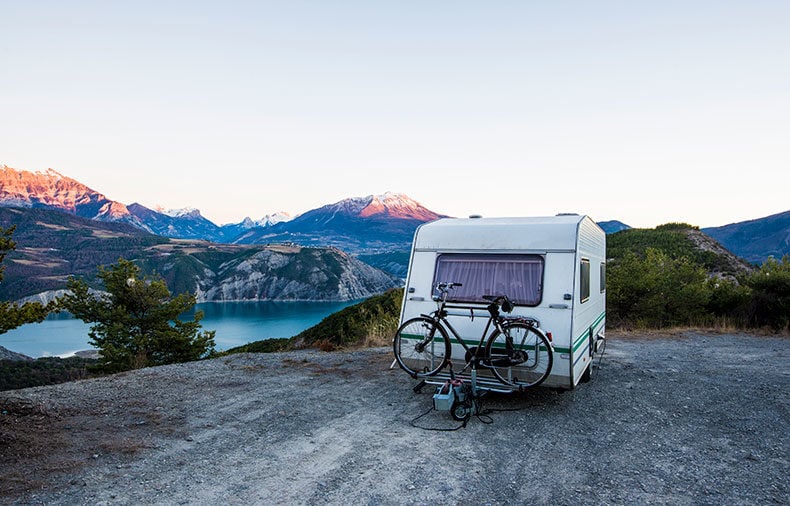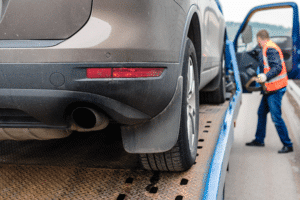While many experienced RV haulers can get your RV ready to transport, you may be responsible for preparing your RV and making sure that it is safe to transport over long distances. It’s similar to preparing a car for transport with just a few specific steps for RV’s.
Make sure to ask your RV transporter for their specific requirements prior to RV transport. Taking the time to prepare your RV for shipping lessens the chance for any accidents or damage that could occur during transport.
Prepare the Inside of the RV for Shipping
- Secure latches on all doors, windows, and cabinets. Tape them shut if they do not latch.
- Secure or take down any items hanging on the walls.
- Turn off all appliances and electronics and disconnect the power supply and gas lines.
- Remove any loose items and stow cargo in the appropriate compartments.
- Make sure there are no loose items within the RV.
Get the Outside of the RV Ready to Transport
- Check that all parking, brake, turn signal, and indicator lights are functional.
- Latch and secure all cargo doors, chains, and pop-ups.
- Lock slide-outs if your RV has them.
Mechanical Preparations for RV Transport
- Check fluid levels (engine oil, transmission fluid, coolant, power steering fluid) and that for any leaks.
- Secure tow bar and hitch and ensure that they are correctly installed and latched.
- Inspect the battery and make sure the volt/amp gauge shows that it is within the correct range.
Safety Precautions for Shipping an RV
- Check the pressure in all tires and visually inspect for cracks and excessive tread wear.
- Verify that service and parking brakes function as they should and if your RV has air brakes, that the air pressure is OK.
Other Tips for Safe Shipping
- Consider the weather along the route that your transporter will take. Fill up freshwater tanks with antifreeze and take other precautions as necessary.
- Give the transporter a full set of keys and write down any special operating instructions.
- Provide clear directions to the RV delivery company for emergency procedures and shut-off locations for batteries, generator, LP/propane tanks, and manual overrides in case of problems.
These tips are some of the most important things to keep in mind when preparing your RV for transport. You will want to find the specific owner’s manuals for your RV for manufacturer-specific information on RV shipping, if possible. Even though this process may take some time, it ensures that the RV delivery will go smoothly and that you will receive your RV in good condition.




